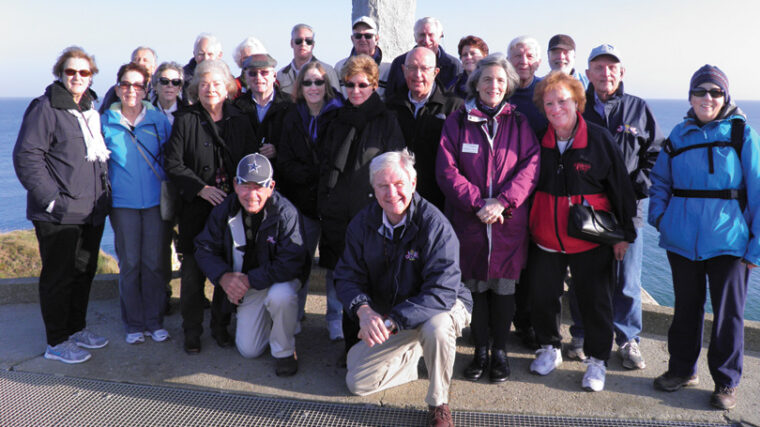
Summer 2015
WWII Quarterly, Editorial
What I did last summer (and fall)
One of the great things about being a military historian is that you get to go places and meet people you might not ordinarily get to see and meet. Read more
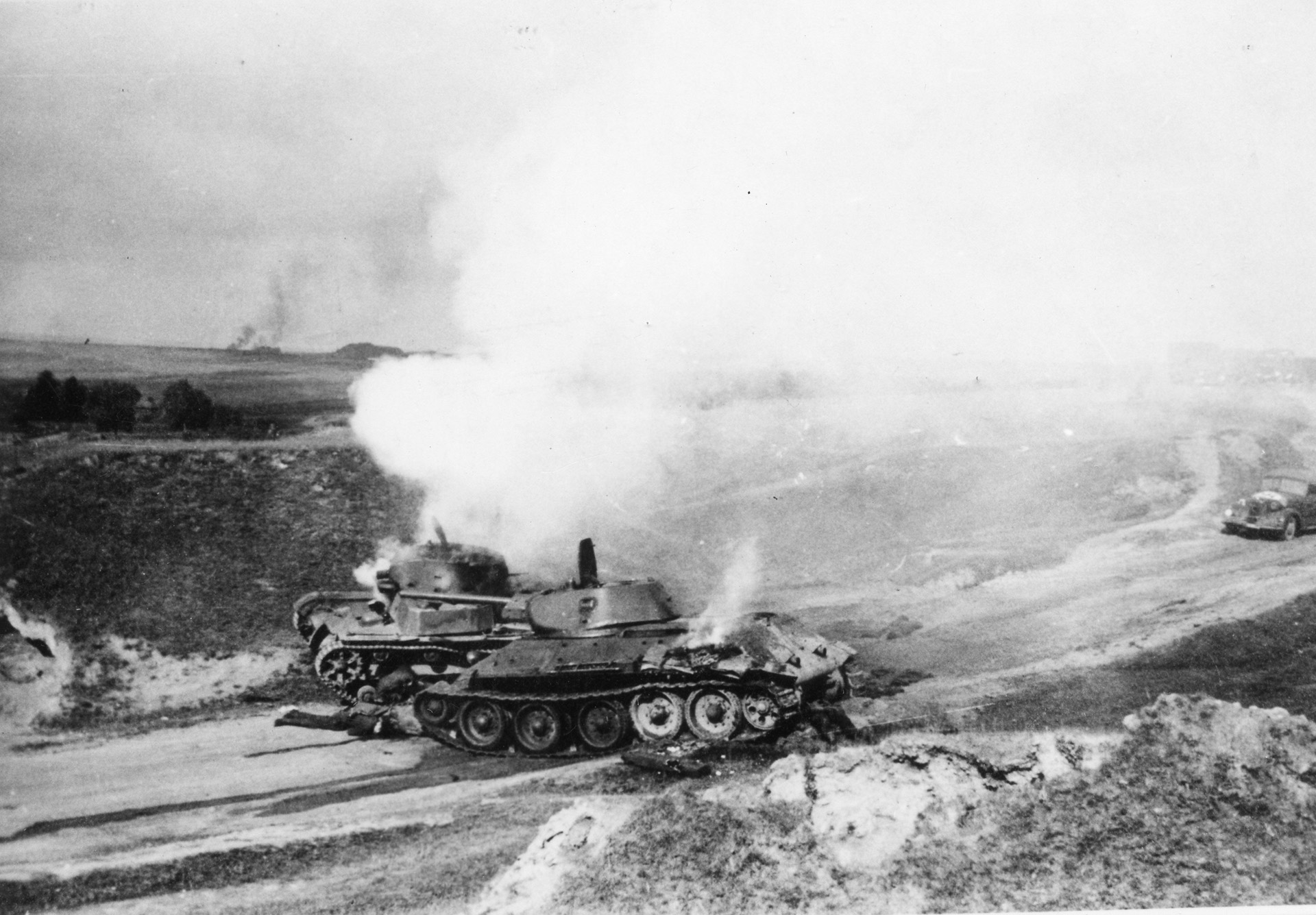
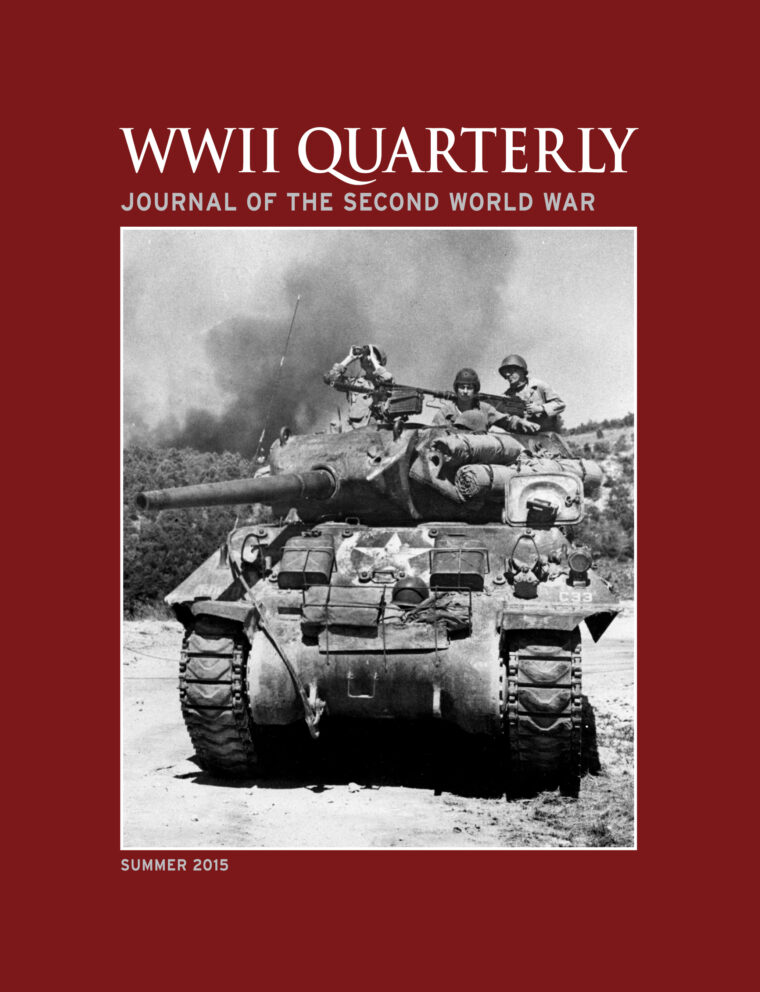
Volume 6, No. 4
COVER: A U.S. tank crew looks for retreating Germans in the days following Allied landings on the southern coast of France.
Photo: National Archives

Summer 2015
WWII Quarterly, Editorial
One of the great things about being a military historian is that you get to go places and meet people you might not ordinarily get to see and meet. Read more
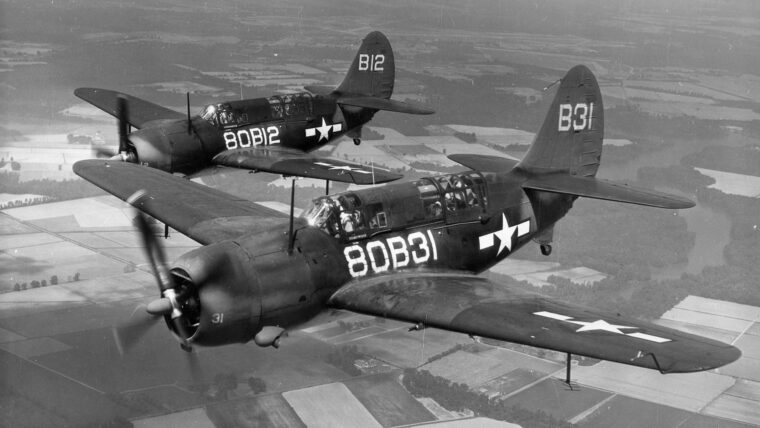
Summer 2015
WWII Quarterly, Personality
Lieutenant William A. “Bill” Klenk, piloting a Curtiss SB2C-3 Helldiver, bristled at the “clawing, miserable weather,” with inverted pyramids of cloud hanging from a low ceiling and gray murk everywhere. Read more
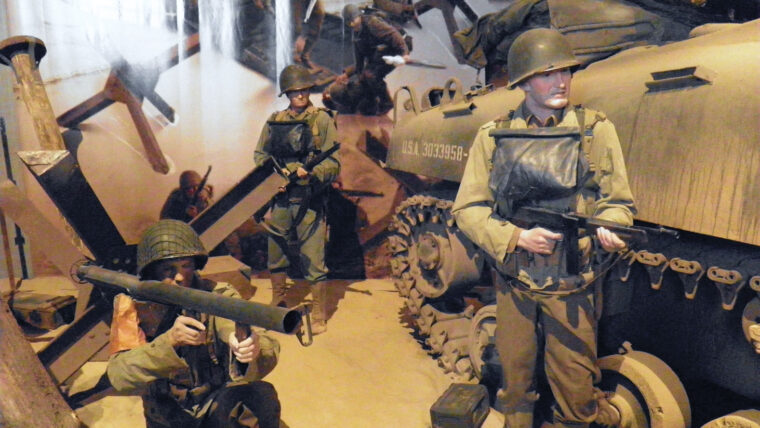
Summer 2015
WWII Quarterly, Museums
There is such a treasure trove of fine military museums in Normandy—perhaps more than anywhere else in the world—that we could devote an entire issue to nothing but them. Read more
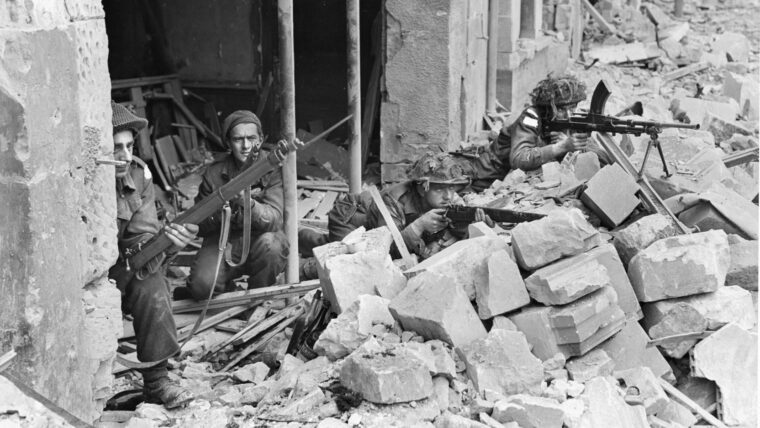
Summer 2015
WWII Quarterly
As John Wesley Pointon jumped into the cold English Channel water with the Royal Canadian 7th Brigade Signal Corps and struggled with a heavy radio strapped to his back toward the beach that was being torn apart by shot and shell, the farm boy from Saskatchewan tried to make his mind go blank. Read more
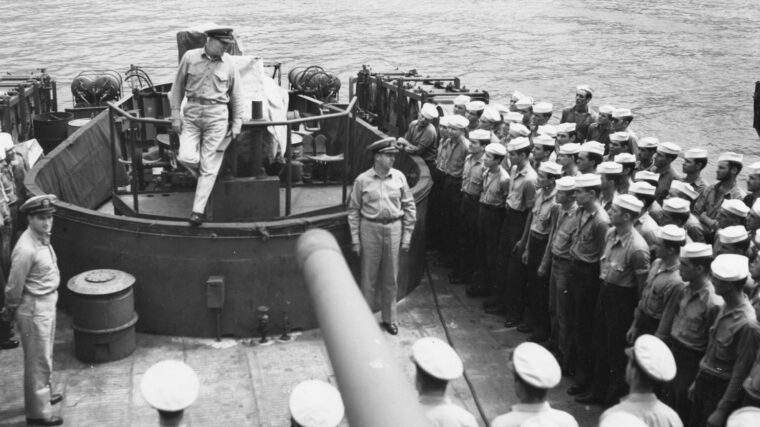
Summer 2015
WWII Quarterly
The first days of January 1943 found American forces winning the prolonged struggle for control of Guadalcanal in the South Pacific. Read more
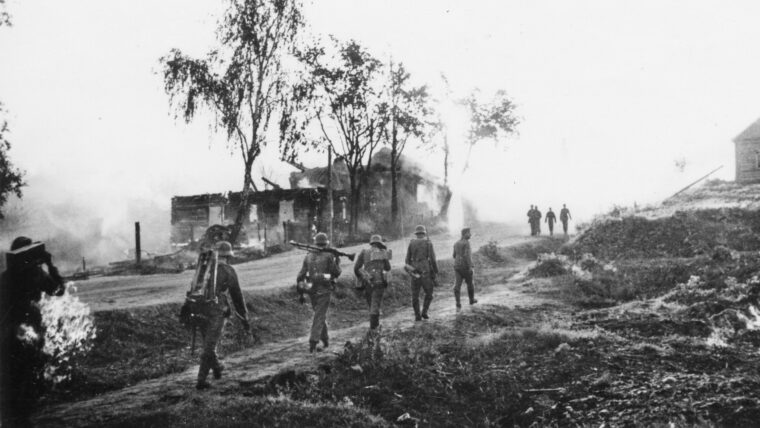
Summer 2015
WWII Quarterly
BACKSTORY: Wilhelm Lubbeck served as an enlisted man in the 58th Infantry Division on the Eastern Front during Germany’s 1941 invasion of the Soviet Union before being promoted to lieutenant. Read more
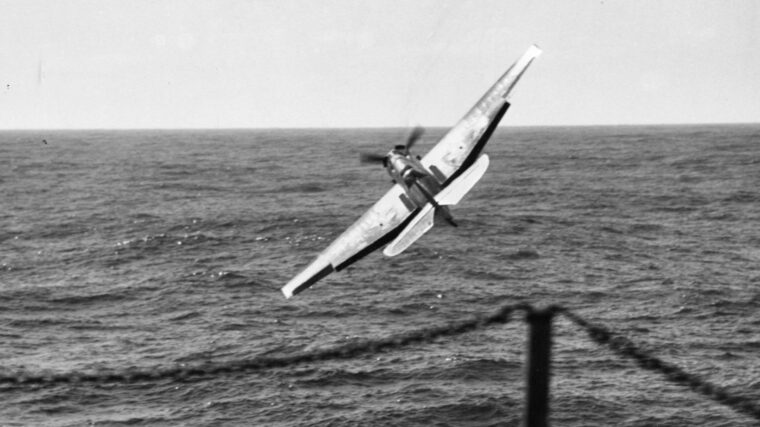
Summer 2015
WWII Quarterly
It was a routine carrier takeoff, but nothing in warfare is ever routine. Lieutenant B. Sevilla launched his TBF Avenger torpedo bomber from the USS Anzio but within seconds he lost control and spun into the water. Read more
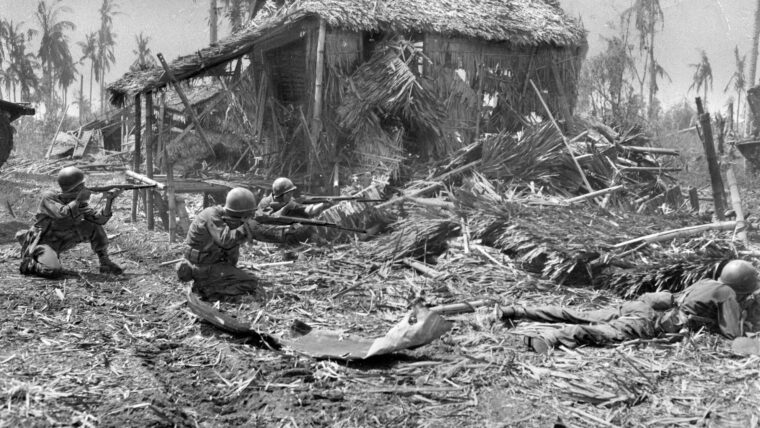
Summer 2015
WWII Quarterly
On October 20, 1944, General Douglas MacArthur redeemed his personal pledge to the people of the Philippines. Read more
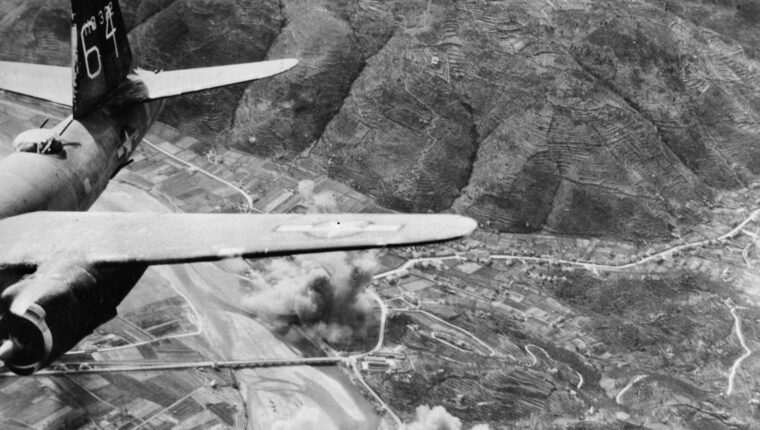
Summer 2015
WWII Quarterly
Following the spectacular success of the Allied air campaign against Iraq during Operation Desert Storm in 1991 and against the Serb forces in Kosovo in 1999, the value and efficiency of utilizing air power to shape or forgo the need for a ground battle has been taken for granted by military planners. Read more
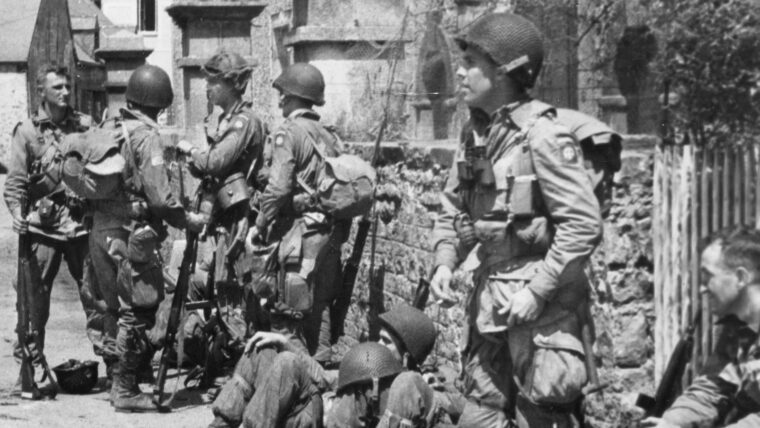
Summer 2015
WWII Quarterly
“The lieutenant said for everyone to lay your arms down,” a fellow paratrooper told Pfc. Bob Nobles, who had been fighting for six grueling days in the hedgerows following his unit’s jump into Normandy. Read more
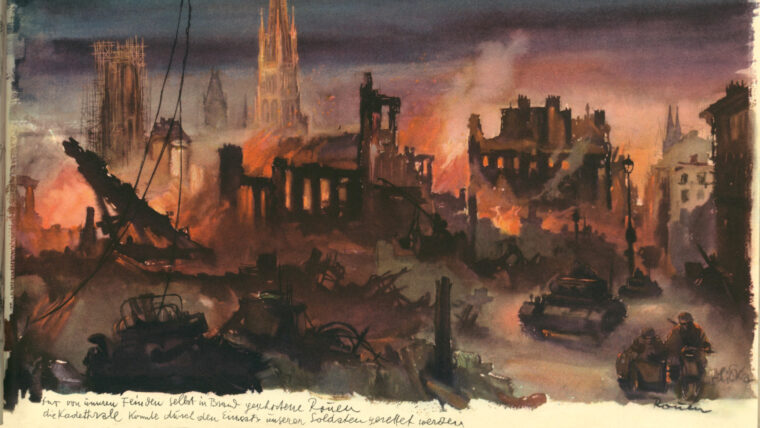
Summer 2015
WWII Quarterly
By any standard, the ancient city of Rouen, in Upper Normandy, is a historical treasure. Within its magnificent High Gothic Notre-Dame Cathedral (which was portrayed in a famous series of paintings by the Impressionist Claude Monet as well as by his contemporary Camille Pissarro) is a tomb containing the heart of Richard the Lionheart (1157-1199) who had been King of England and the Duke of Normandy. Read more
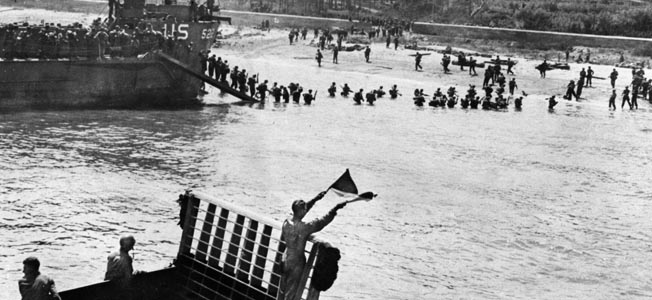
Summer 2015
WWII Quarterly
Early in 1944, German Field Marshal Erwin Rommel, the defeated hero of North Africa and now head of Army Group B in France, was tasked with strengthening the Atlantic Wall defenses against Allied invasion. Read more